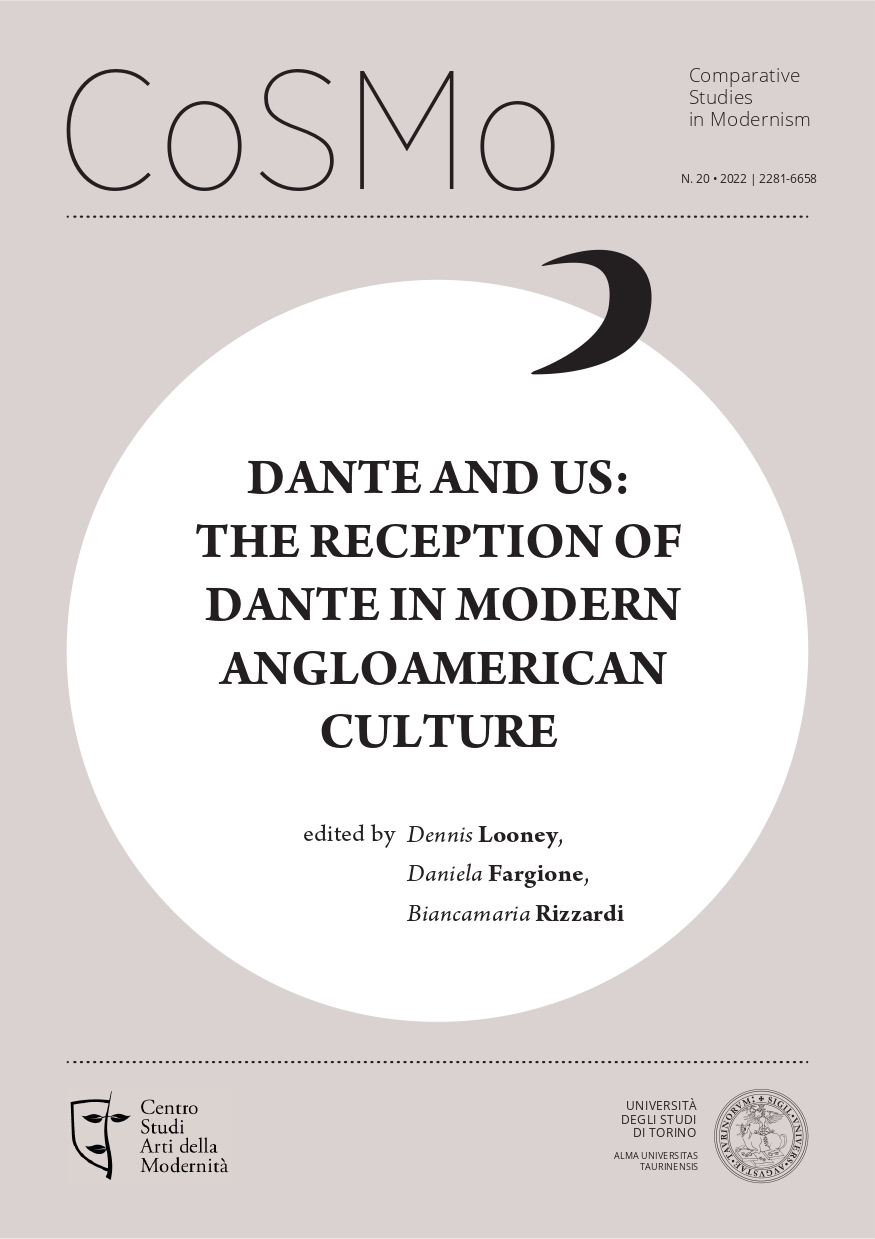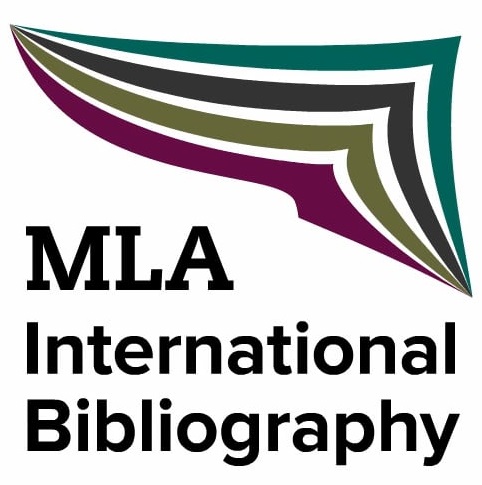From Cocito to Avalon via Shaft Lake
Collapsing Story Frames in Alice Munro’s “Pictures of the Ice”
DOI:
https://doi.org/10.13135/2281-6658/6474Parole chiave:
Alice Munro, Dante, James Hogg, John Galt, Alfred Tennyson, TreacheryAbstract
Alice Munro’s “Pictures of the Ice” is a reflection on betraying and being betrayed that aggrandizes the ordinary to epic proportions and expands the personal and the local into the historical, the mythical and the canonical. Her pictures of the ice look like ordinary snapshots of a Canadian winter phenomenon, but they are indexed to several canonical counterparts evidencing felony and ranging from Dante’s frozen lake at the bottom of the Inferno to James Hogg’s The Private Memoirs and Confessions of a Justified Sinner (1824) or James Galt’s Bogle Corbet or the Emigrants (1831) and including references to Walter Scott’s Marmion: A Tale of Flodden Field (1808) as well Tennyson’s “The Passing of Arthur” from Idylls of the King (1859-1885). Through the synchronisation of the distant and the near, the personal and the historical, the legendary and the biblical, Munro collapses frontiers between the infinitely small and the infinitely large and generates a new topography of the moral universe.
Downloads
##submission.downloads##
Pubblicato
Fascicolo
Sezione
Licenza
Gli autori mantengono i diritti sulla loro opera e cedono alla rivista il diritto di prima pubblicazione dell'opera, contemporaneamente licenziata sotto una Licenza Creative Commons - Attribuzione che permette ad altri di condividere l'opera indicando la paternità intellettuale e la prima pubblicazione su questa rivista.






